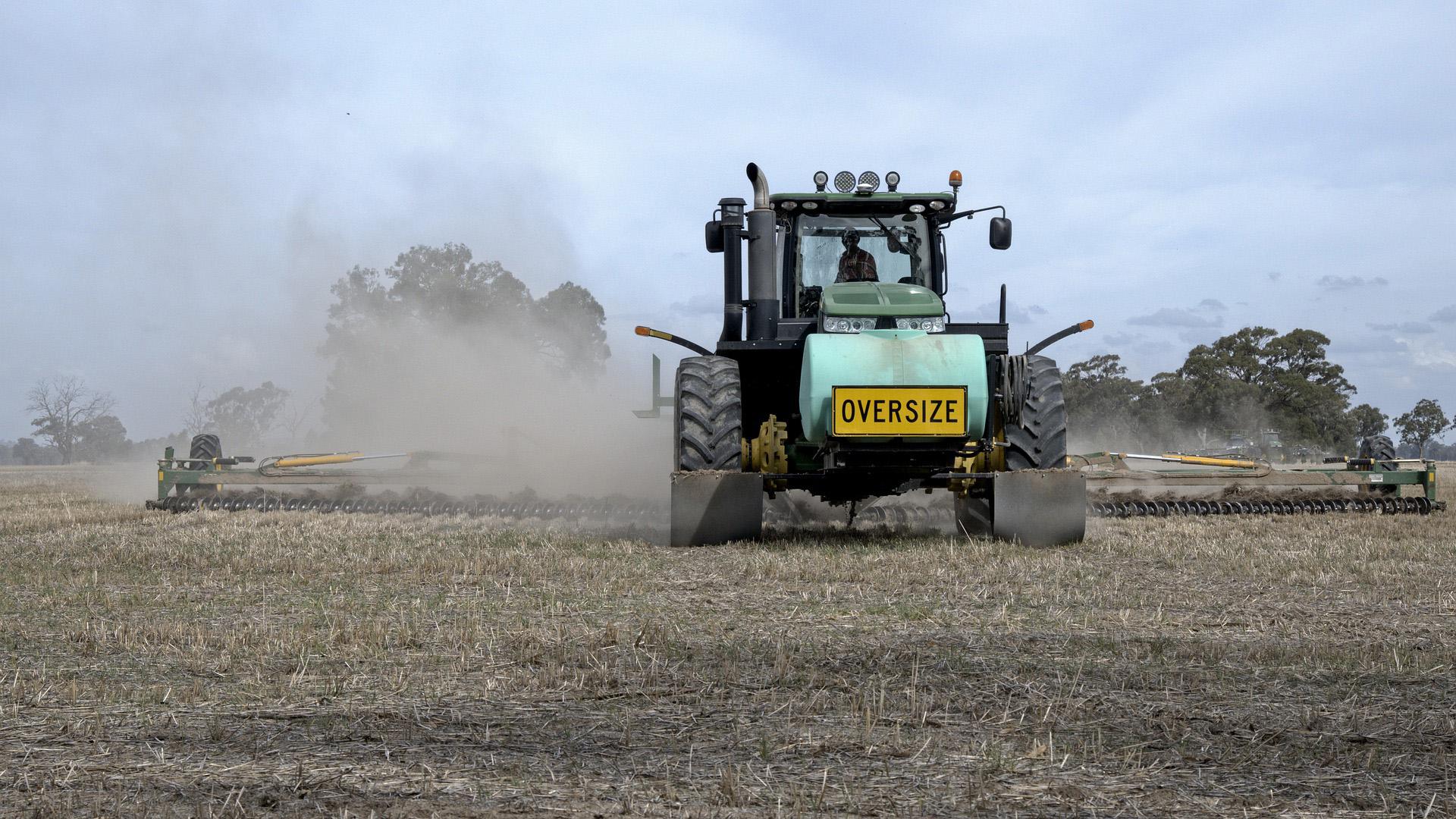Further action on cadmium needed for global food safety

An international group of leading fertiliser and soils experts have published a major review of the status of the toxic heavy metal cadmium in agricultural systems around the world.
They say that as well as good agricultural management practices to minimise uptake into the world’s food chains, further action and research is needed to achieve ‘zero-net accumulation’ of cadmium in soils over the long term, in order to not compromise food quality.
Led by University of Adelaide’s Professor Mike McLaughlin with scientists also from Belgium, China and Canada, the group reports that in some countries human cadmium intakes are increasing due largely to soil changes such as acidification and salinisation.
"Allowing cadmium to continually accumulate in soil could not be regarded as sustainable management of the soil resource as it just delays the time when food quality will be compromised.”Professor Michael McLaughlin
“Cadmium is a naturally occurring human toxin present in all soils,” says Professor McLaughlin, Director of the Fertiliser Technology Research Centre at the University of Adelaide. “It can be transferred through the food chain to humans and can represent a health hazard.
“Cadmium levels in soils can rise through natural geological weathering or human activity such as industrial pollution or the addition of phosphatic fertilisers, organic manures or wastes.
“In developed countries, cadmium intakes by populations are below the levels of concern set by the World Health Organization (WHO). Indeed, WHO examined the major risks globally to human health, and food contamination (by any element) did not appear in the top 20 risks.
“However in some developing countries cadmium intakes are increasing, so management of cadmium transfer through the food chain remains important to minimise human exposure.”
The study is a collaboration between the University of Adelaide, KU Leuven in Belgium and Nanjing Agricultural University in China, and was supported by Mohammed VI Polytechnic University (UMP6) and the phosphate fertiliser company OCP Ltd in Morocco. The study has been published in the journal Advances in Agronomy.
The researchers say that cadmium transfer through the food chain can be managed by genetic and agronomic approaches.
“Farmers now have the option to manage cadmium through choice of crop and/or new low-cadmium cultivars,” says Professor McLaughlin. “High-risk soils (with high natural or added cadmium) can now be identified by soil testing and various agronomic options are available to minimise plant uptake from these soils.
“Combined, these management options can rapidly reduce cadmium concentrations in foods over a much shorter period of time than can be achieved by reductions in cadmium inputs through fertilisers, manures or atmospheric sources. These practices can also minimise food chain contamination in areas naturally enriched by cadmium through rock weathering.
“However, while reducing cadmium inputs, such as limiting cadmium concentrations in fertilisers, may have little effect on crop cadmium concentrations in the short term, this is no excuse for a lack of action. Allowing cadmium to continually accumulate in soil could not be regarded as sustainable management of the soil resource as it just delays the time when food quality will be compromised.”
The researchers say many countries have moved from a scenario of continual cadmium accumulation in soil in the past to zero net accumulation now by limiting inputs of cadmium from all sources (atmospheric, fertilisers, wastes), but a critical gap to achieve this is understanding cadmium leaching through soils.
Media Contact:
Professor Mike McLaughlin, Director, Fertiliser Technology Research Centre, University of Adelaide. Mobile: +61 (0)434 765 574, michael.mclaughlin@adelaide.edu.au
Crispin Savage, Senior Media and Communications Officer, University of Adelaide. Mobile: +61(0)481 912 465, Email: crispin.savage@adelaide.edu.au
